
Encoded Behaviour (2009)
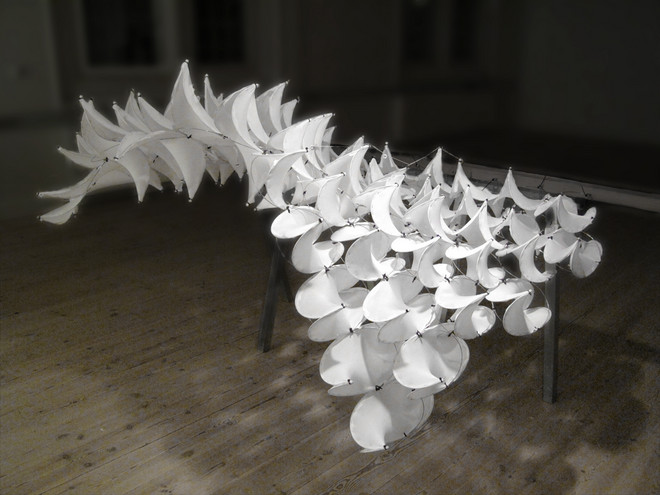
A teaching and research collaboration between CITA and Paul Nicholas of Mesne.
The workshop asks how material behaviour can be introduced into architectural design and which consequences this has on design. The workshop focuses on the behaviour of material in larger arrays and how one can design and steer these. Conducted with students from the Architecture, Experiment and Technology master course at Department 8, Royal School of Architecture led by Niels Andersen and Ali Tabatabai ( aaet.dk ) The workshop was financially supported and thematically placed witin the Velux Guestprofessorship of Mark Burry at CITA and the Royal Academy of Fine Arts 2009-2011.
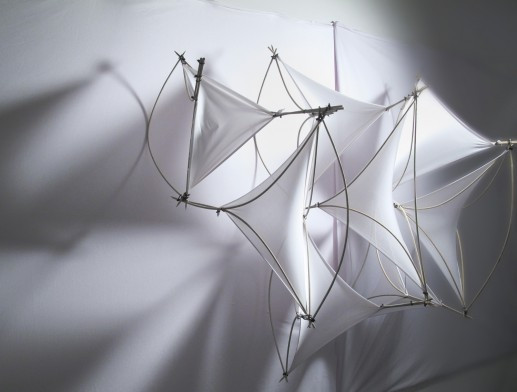
Encoded Behaviour
Design task
The workshop focuses on the exploration of structures which utilise material behaviour to mediate light and view in innovative ways. Shading, direct, indirect light as well as the visual impact of open or inhibited lines of view are considered. The programmatic setting will develop from within the investigations, by which a wide range of ap-plications beyond shading devices, screens, canopies or building facades can be ad-dressed. Priority will be given to the fast implementation and evaluation of material feedback loops, with the aim of gaining a deep working knowledge of material capacities and tendencies, and of their potential to mediate relationships between design intent, context and performance.
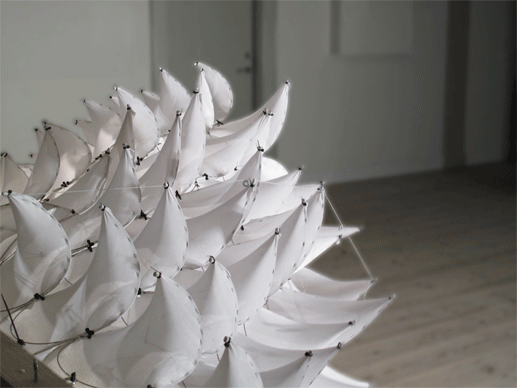
Performative Extensions: Light and Structure
To explore the means by which material behaviour might inform and extend processes of design exploration, we will lastly look to link flexible digital models to the concepts of performance analysis, evaluation and adaptation. By re-purposing optimisation tech-niques as generative design instruments, students will examine how material properties and solar exposure analysis might in combination actively guide design generation through the concept of performance. Our aim will be to take parametrically defined material systems, to some extent cognisant of their own material tendencies and ca-pacities, and to then seek good solutions to the problem of shading from within this range.
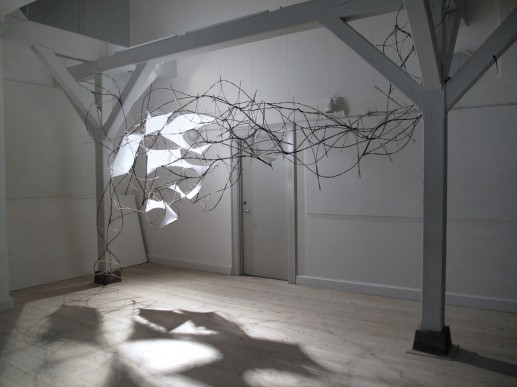
In keeping with the broader architectural nature of this investigation, this part of work-shop will focus upon generative and integrative potentials, and upon ‘aptimised’ design rather than strictly ‘optimised’ solutions. A means for utilising an algorithm for simu-lated annealing within Grasshopper will be provided.
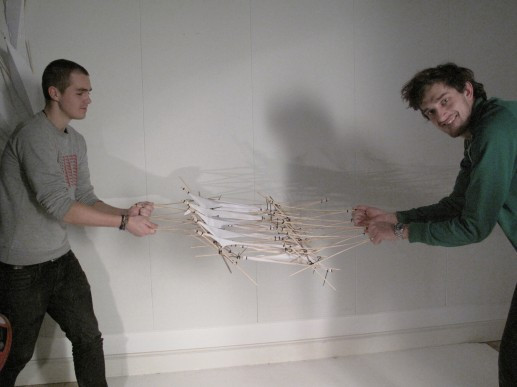
Techniques and Materials
The necessary tools and techniques were introduced within the workshop in Decem-ber. They are developed before by the team. Further developments, adaption to the student’s projects and refinement will happen within the workshop.
The parametric environment Grasshopper for Rhino will be within the focus of the workshop is already introduced within the student body. The workshop will capitalize on this knowledge and further this by introducing tools for calibrating and monitoring, bend, curvature and other component and array properties.
Groups will investigate and develop individual systems consisting of mono or composite materials. The aim is to investigating and build self supporting components, being able to modulate light. These are tested and encoded. Their assembly is developed and an underlying pattern structure encoded. This code can be a direct link to fabrication or a generated notation informing the manual crafting of the pieces.
Encoded Behaviour
The workshop introduces a series of new skills and is based on a constant negotiation between physical and digital media. You are asked to work between 3D modeling (rhino), parametric design (Grasshopper), speculative models (paper/wood) and full-scale demonstrators. The resulting Rhino / Grasshopper definitions for the encoded behavior can be found here:
Group 1 .
Group 2 .
Group 3 .
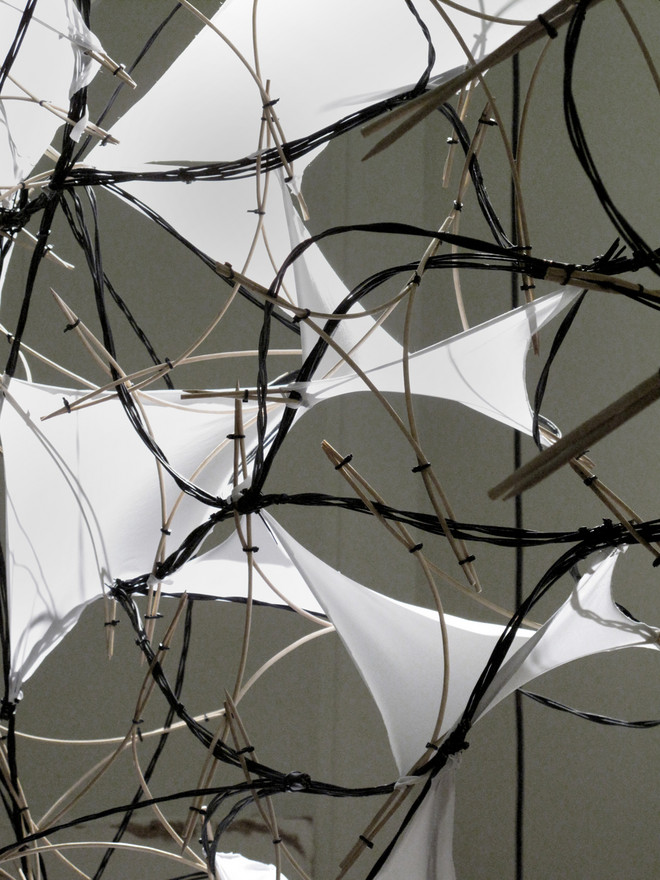
Support
The workshop is integrated with and kindly supported by the Mark Burry Guestprofessorship 2009-11 at CITA.
Student credits
Dennis Carlsson
Bjarke Stenaa Ørvad
Stine Skogheim Walle
Nanna Riise
Johannes Beck
Jonas Tesch Hallberg
Christoffer Bjørn Weile















